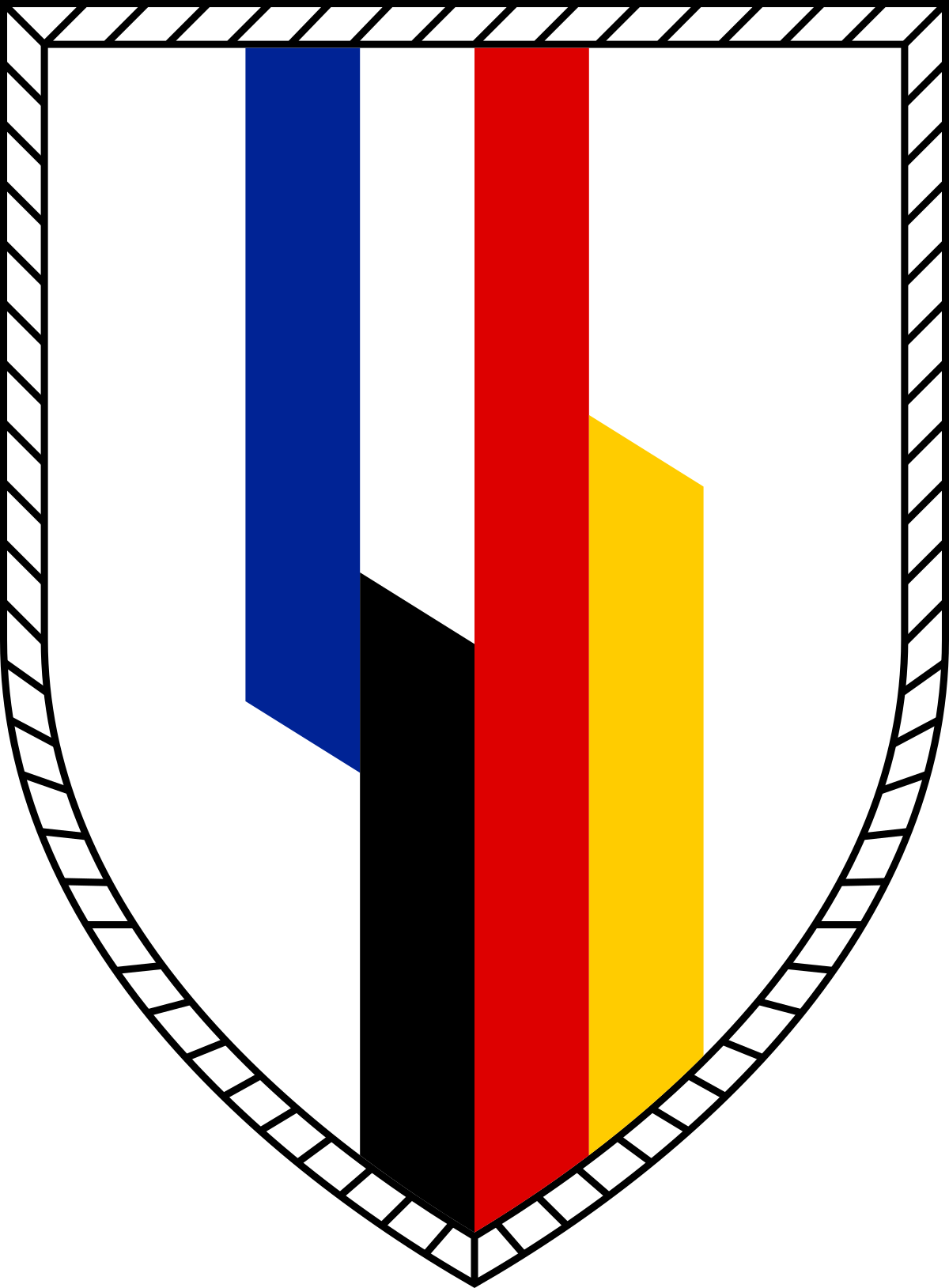I seem to recall that by the mid-80s, French divisions were much smaller than their NATO counterparts. They might have 3 regiments, but those "regiments" were battalion-sized by anyone else's standards.
A. Am I correct in remembering this
B. When did they downsize their divisions & regiments
I ask because I've picked up Compass Games' "Brezhnev's War", and in there, the French divisions rate equally to the West Germans. The game is a little unusual, since it's intended to cover the 1975-1980 time period, rather than the 1983-88 that my other favorite WW3 games cover.
IMO, it plays fast & loose with some details, so it's a simplified game from what I'm used to. The rules have some interesting mechanisms inside.
I figured if anyone could give me a quick answer on French OBs in the 70s, it would be on this board.
A. Am I correct in remembering this
B. When did they downsize their divisions & regiments
I ask because I've picked up Compass Games' "Brezhnev's War", and in there, the French divisions rate equally to the West Germans. The game is a little unusual, since it's intended to cover the 1975-1980 time period, rather than the 1983-88 that my other favorite WW3 games cover.
IMO, it plays fast & loose with some details, so it's a simplified game from what I'm used to. The rules have some interesting mechanisms inside.
I figured if anyone could give me a quick answer on French OBs in the 70s, it would be on this board.


Comment